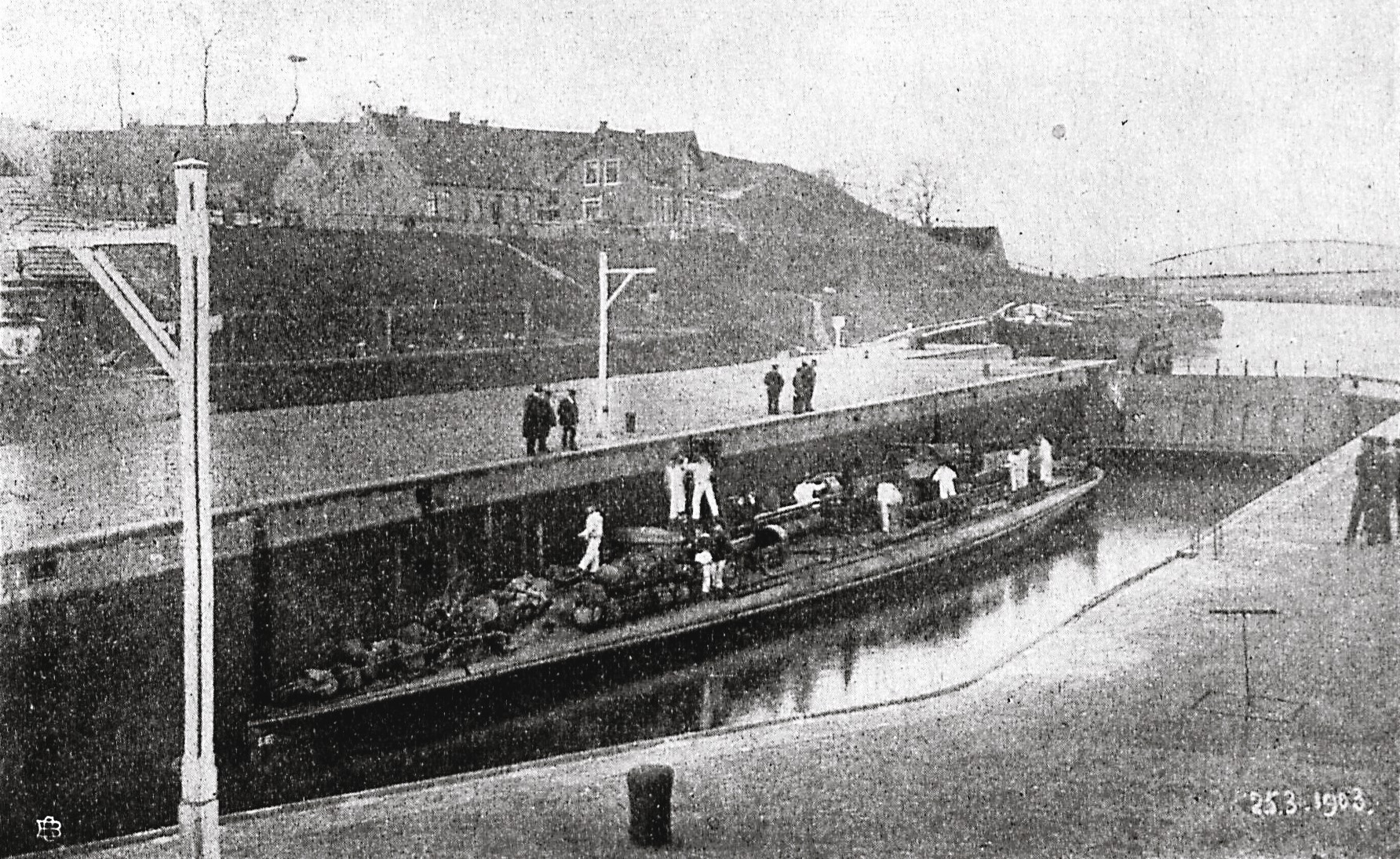|
Stecknitz Canal
The Stecknitz Canal (german: Stecknitzfahrt) was an artificial waterway in northern Germany which connected Lauenburg and Lübeck on the Old Salt Route by linking the tiny rivers Stecknitz (a tributary of the Trave) and Delvenau (a tributary of the Elbe), thus establishing an inland water route across the drainage divide from the North Sea to the Baltic Sea. Built between 1391 and 1398, the Stecknitz Canal was the first European summit-level canal and one of the earliest artificial waterways in Europe. In the 1890s the canal was replaced by an enlarged and straightened waterway called the Elbe–Lübeck Canal, which includes some of the Stecknitz Canal's watercourse. The original artificial canal was deep and wide; the man-made segment ran for , with a total length of including the rivers it linked. The canal included seventeen wooden locks (of which the ''Palmschleuse'' at Lauenburg still exists) that managed the elevation difference between its endpoints and the highest c ... [...More Info...] [...Related Items...] OR: [Wikipedia] [Google] [Baidu] |
Elbe–Lübeck Canal
The Elbe–Lübeck Canal () (also known as the Elbe–Trave Canal) is an canal, artificial waterway in eastern Schleswig-Holstein, Germany. It connects the rivers Elbe and Trave, creating an inland water route across the drainage divide from the North Sea to the Baltic Sea. The canal includes seven Navigation lock, locks and runs for a length of between the cities of Lübeck in the north and Lauenburg in the south by way of the Mölln lakes. The modern canal was built in the 1890s to replace the Stecknitz Canal, a medieval watercourse linking the same two rivers. Preceding canal The older Stecknitz Canal had first connected Lauenburg and Lübeck on the Old Salt Route by linking the tiny rivers Stecknitz (a tributary of the Trave) and Delvenau (a tributary of the Elbe). Built between 1391 and 1398, the Stecknitz Canal was the first European summit-level canal and one of the earliest artificial waterways in Europe. History After German unification in the late nineteenth century, ... [...More Info...] [...Related Items...] OR: [Wikipedia] [Google] [Baidu] |

